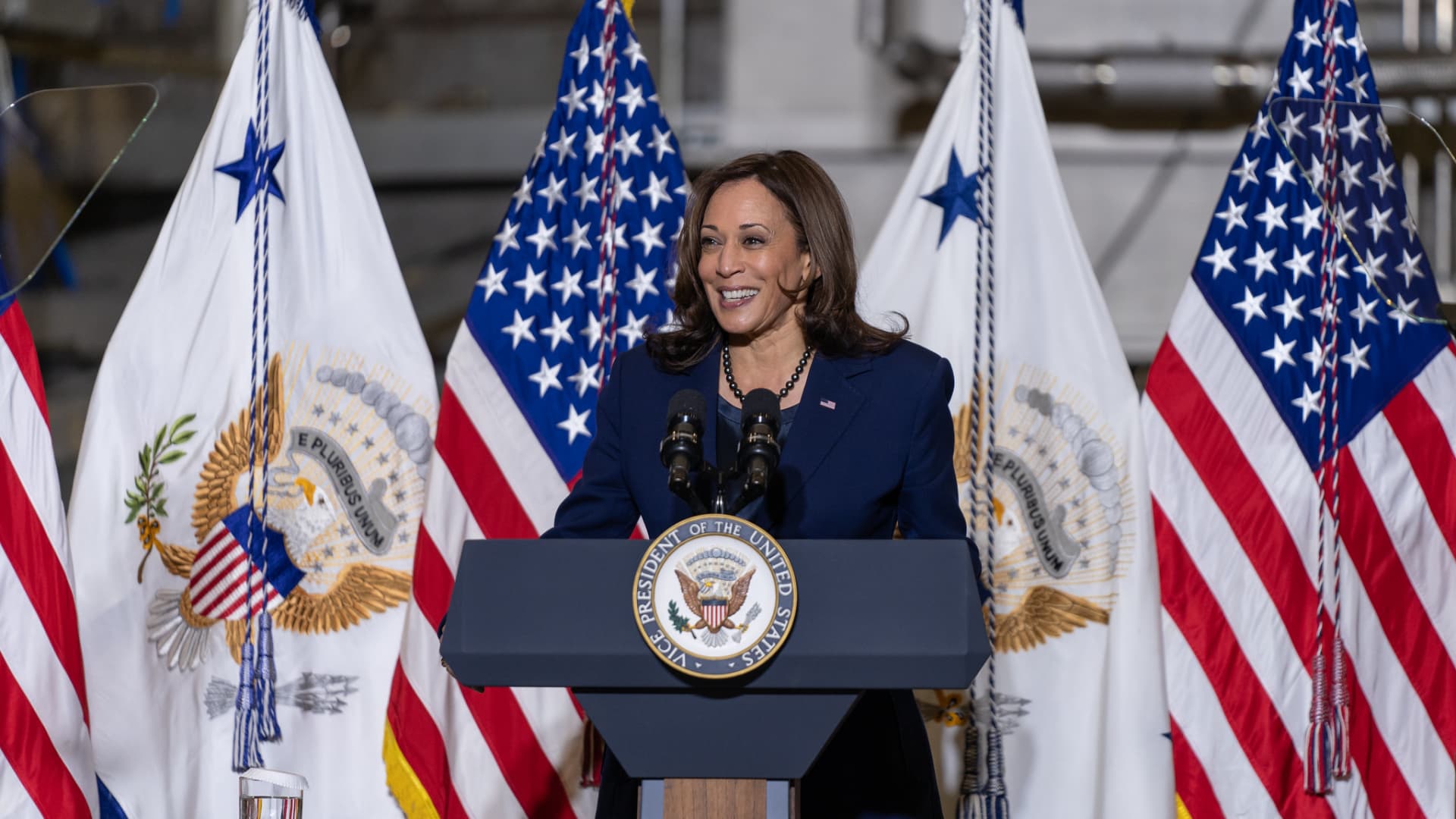From the
@avoigt Teslarati article, it says that for vehicles "standing longer than 2 weeks":
- Customers must assure that the Taycan’s state of charge remains between 20% – 50%
or the warranty will be significantly reduced.
Better hope the dealer didn't have your Taycan on the lot for 2 weeks with more than 50% SOC or they nerfed your warranty before you even got the car!
This got me wondering if there is some sort of entanglement between these onerous warranty conditions and the EPA rated range? The Taycan is famous for having a much higher real-world range than its EPA rating while it's the opposite for most other cars. Could it be that the EPA rating has to be achieved within the warranty restrictions? If you restrict the lower limit to 20% it would pretty much explain the EPA/actual discrepancy. Could the 20% be a hard lower limit whether stored or not for the full warranty while the 50% upper limit only applies to periods of being left undriven for 2 weeks or longer?

www.cnbc.com


